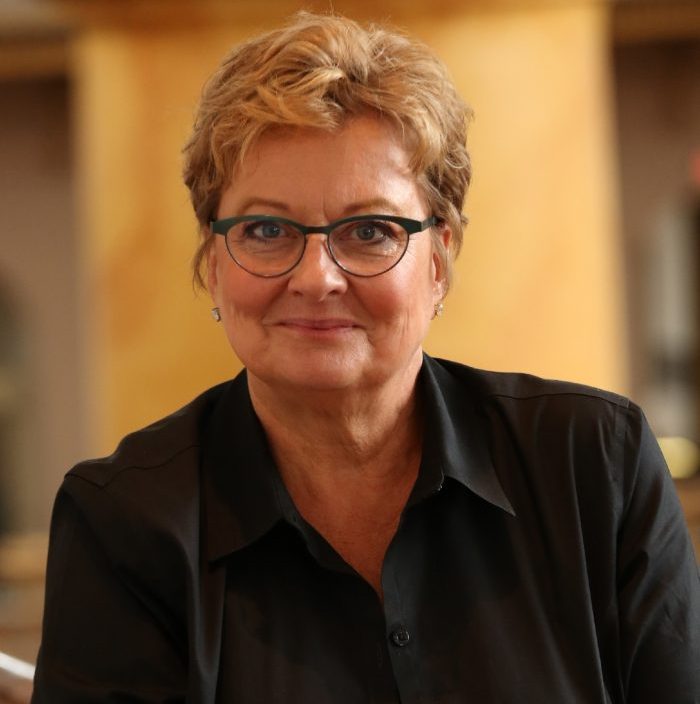Record Flooding in the Midwest and South
Rivers in Missouri and Illinois have reached record levels this week after heavy rains and storms at the end of December sent much of the Midwest and south into chaos. The Mississippi River reached record levels on January 2 at Thebes, Missouri (previous record set in 1995). A federal emergency declaration was issued for Missouri […]
Rivers in Missouri and Illinois have reached record levels this week after heavy rains and storms at the end of December sent much of the Midwest and south into chaos. The Mississippi River reached record levels on January 2 at Thebes, Missouri (previous record set in 1995).
A federal emergency declaration was issued for Missouri on January 2, a major disaster declaration issued in Mississippi, and the governor of Illinois has also declared a state of emergency. About 22 people are believed to have died as a result of the flooding during the last several weeks. The floodwaters are not expected to recede for at least another week.
The Center for Disaster Philanthropy continues to monitor this situation, awaiting the damage assessments that will come as the flooding abates. We’ve heard from a number of you, also concerned with the situation and asking, “what is going on and what can I do?” Here’s a quick snapshot of the situation as we know it:
- Many of our nongovernmental organization partners have indicated that cleanup will be a challenge due to the freezing temperatures in many of the flood areas.
- We expect that the flood situation across more than five states will create disaster hot spots on critical local levels that will not receive national attention.
- Assessment of the damage could take at least two weeks.
If you are looking to provide funding assistance in this situation, we recommend:
- Work with other funders in the area to bring key responders and community organizations to the same conversation and determine needs.
- Reach out to service organizations working in your region. These important partners will be your best guide to filling immediate funding gaps.
- Collaborate with other funders to meet needs likely to not receive attention or disaster funds.
- Identify a local community foundation and ask for advice. They know their area better than anyone and are likely already working with other agencies to respond.
- Be patient! Set aside funds now for work that will need to be done in the near future. We know those most vulnerable after a disaster – the elderly, those with disabilities, young families, a nd children – will need valuable resources once the cleanup stage is over.
Many of the areas affected by the flood are served by CDP’s Midwest Early Recovery Fund. Whether you are an NGO or a funder, we welcome information on your work in communities affected by the floods.
More like this

CDP Begins Work With Midwest Early Recovery Fund
